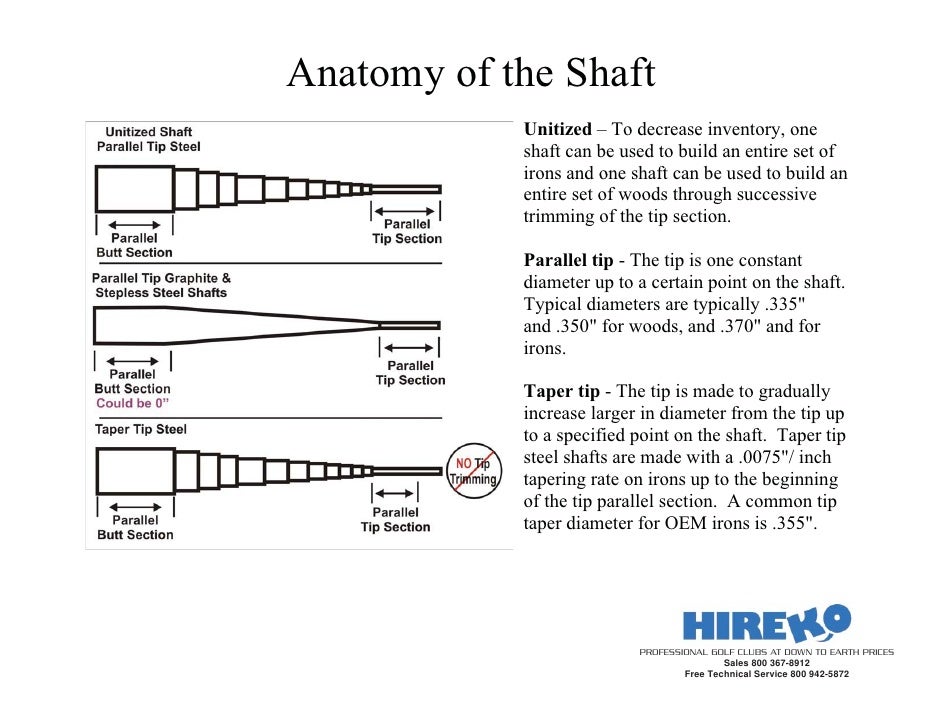Looks good
Bromikey and Turion,
Your test answer questions about the coil and can it store energy. My lack of knowledge and resources have stopped any large replication at all. I don't want to clutter this thread with nothing to add.
I do learn from you guys and want to attempt a large replication in the future. We plan a trip to LA California in early October, one year would be nice to visit Dave if you allowed such. That's the reason no money. Traveling and life.
wantomake
Bromikey and Turion,
Your test answer questions about the coil and can it store energy. My lack of knowledge and resources have stopped any large replication at all. I don't want to clutter this thread with nothing to add.
I do learn from you guys and want to attempt a large replication in the future. We plan a trip to LA California in early October, one year would be nice to visit Dave if you allowed such. That's the reason no money. Traveling and life.

wantomake





 Very interesting, nice to have your data kicking
Very interesting, nice to have your data kicking




Comment